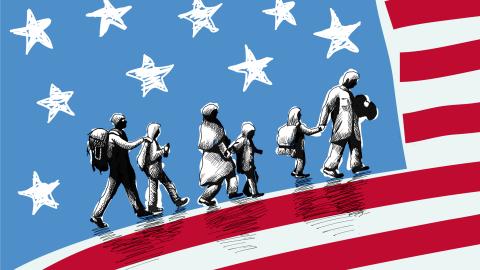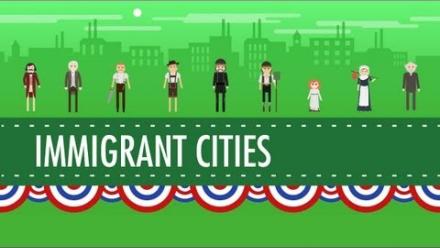Overview
The immigrant experience is rich, diverse, and an inherent part of the American dream. Understanding why people leave their native lands and the journeys they take to come to the United States is as much a lesson in empathy, as an historical one.
As each new wave of immigration has reached America it has been faced with problems, not only the problems that come with making new homes and new jobs, but, more important, the problems of getting along with people of different backgrounds and habits. — John F. Kennedy
Conversation Starters
Below are questions that can be used with your whole class or within small groups of students to get them thinking about what they know, sharing their personal experiences, and listening to other perspectives. Since these questions may elicit positive and negative emotions, as well as very personal stories, you should first establish parameters for discussions and sharing within your class community.
- Why might you choose to leave your native land?
- What does it mean to be an immigrant?
- How are the refugee and immigrant experience connected concepts?
- How has society’s perception of immigrants changed over time?
- What are the benefits of a diverse society?
Quotes to Prompt Discussions & Writing
Quotes are a great way to let students make personal connections between their lives and the world around them. Asking students to agree or disagree with a quote and explain their reasoning is a powerful and easy way for students to evaluate what they know and think about a topic. Quotes can be the basis for whole-class and small-group conversations as well as writing prompts before, during, and after reading. These are a few to get you started.
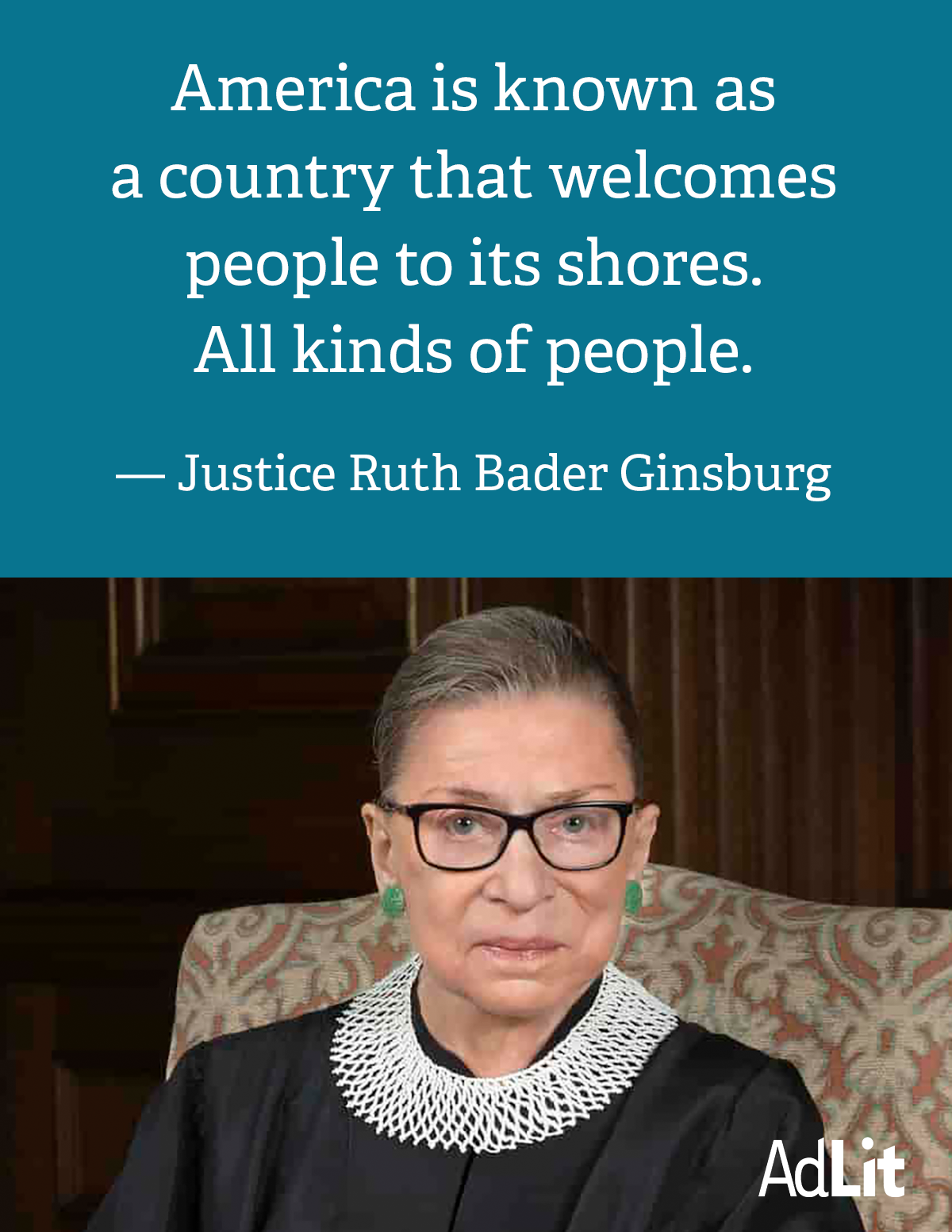
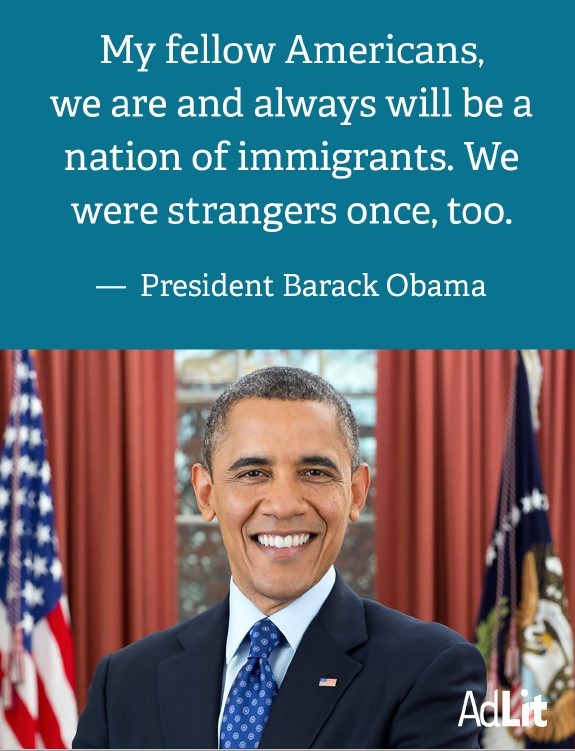
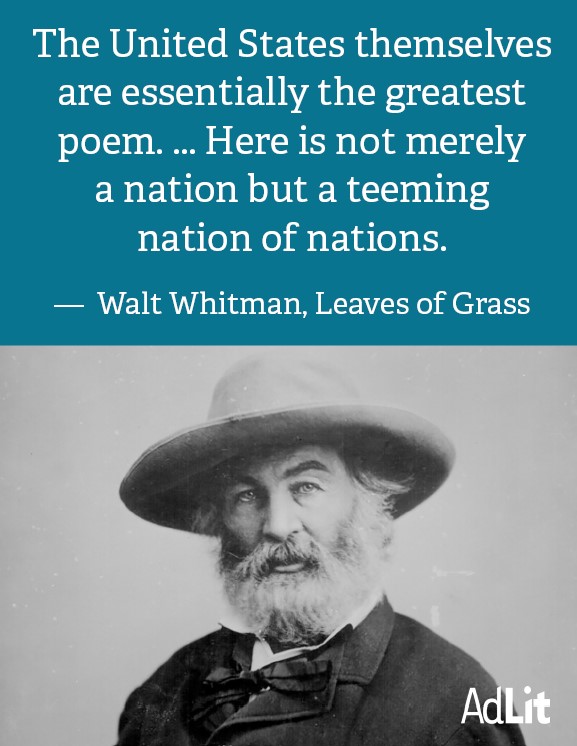
Music & Videos
Stevie Wonder once said, “Music is a world within itself, with a language we all understand.” Music and videos have the power to connect with students’ deep emotions and transform their ideas. Students can listen and watch, then respond to written prompts or share their ideas in small groups.
Choose from the following songs and discuss the plight of immigrants from first-hand accounts, family stories, and outside observations. Each song is linked to www.songfacts.com where you can learn more about the artists and development of the song as well as listen to song clips and read the song lyrics.
Can’t Have by Pitbull As a son of Cuban-American parents, Pitbull sings about his rise to fame from humble beginnings.
Immigrants: We Get the Job Done by K’Naan This is a track from The Hamilton Mixtape, a collection of remixes, demos, and covers derived from Lin-Manuel Miranda’s Hamilton.
Paper Planes by M.I.A. M.I.A. was inspired by her experience trying to enter America on a visa.
Matamoros Banks by Bruce Springsteen Springsteen sings about the hardships immigrants from Mexico to the US face as they cross the border.
Anchor Texts
Historically secondary students have often been asked to read one anchor text or class novel. We encourage you to consider letting students choose between multiple texts that are connected thematically. Students can discuss their chosen texts in literature circles or book clubs while also building a shared understanding of larger themes and ideas across texts through whole-class share-outs and discussions.
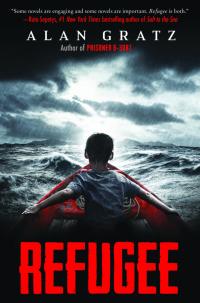
Refugee
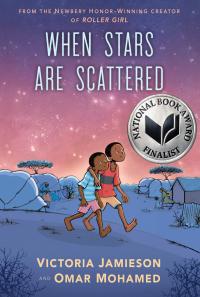
When Stars Are Scattered
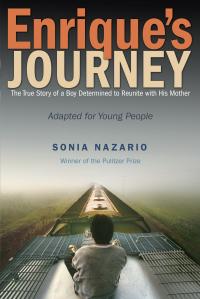
Enrique’s Journey: The Story of a Boy’s Dangerous Odyssey to Reunite with His Mother (Adapted for Young People)
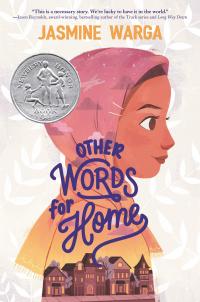
Other Words for Home
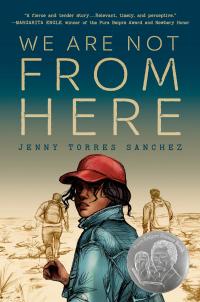
We Are Not From Here
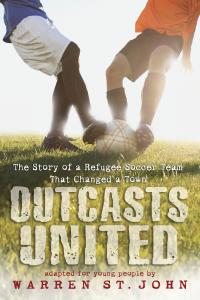
Outcasts United: The Story of a Refugee Soccer Team That Changed a Town
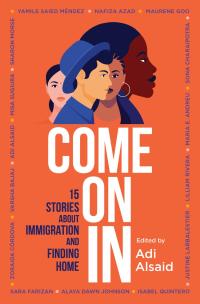
Come On In: 15 Stories about Immigration and Finding Home
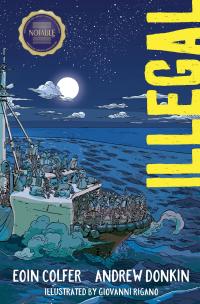
Illegal: A Graphic Novel
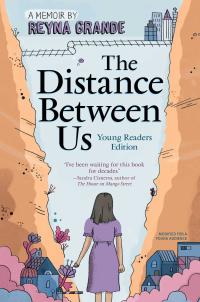
The Distance Between Us: Young Readers Edition
Additional Texts & Resources
Deepen and extend your students’ understanding of the immigrant experience through their engagement with additional texts and multimedia resources. They can be powerful anchors for small group or paired discussions.
Podcasts
Coming To America: Our Best Student Podcasts About Immigration
Stories From the Stage Podcast: Coming to America
Speeches
Transcript: Obama’s Immigration Speech Washington Post
Undocumented, Yet Hopeful: Dreamer Sandy Rivera’s Speech At The Indianapolis Women’s March National Immigrant Justice Center
Online Resources
Strive to build a stronger America, one where immigrants are welcomed and where first-through-third-generation Americans truly belong.
What Every American Should Know About the Immigrant Experience
Their blog is part of a series featuring perspectives from Chicago young people, interrogating and exploring key terms identified by Chicago Public School Participate Civics students.
Picture Books That Adolescents Will Love…
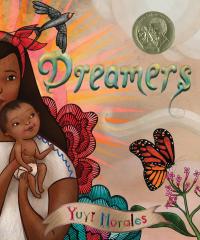
Dreamers
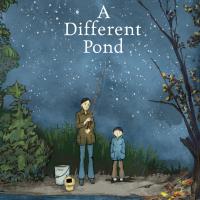
A Different Pond
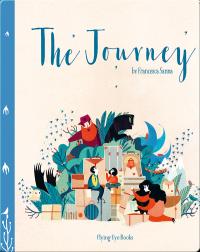
The Journey
Articles & Poetry
- Shifting Views on Immigration, CommonLit.org
- Coming to America, Scholastic
- They’ll Kill Me If I’m Sent Back, Scholastic
- Two Views of Immigration, Washington Post
- Poems on Immigration, The Poetry Foundation
Selected Non-Fiction
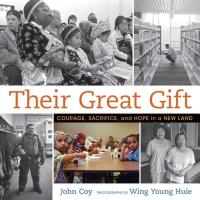
Their Great Gift

This Land is Our Land: A History of American Migration
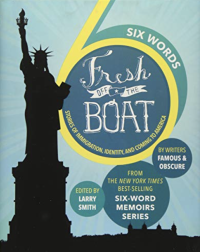
Six Words Fresh Off the Boat: Stories of Immigration, Identity, and Coming to America
Supports for Recording & Developing Students' Ideas
Comprehension Writing
Inquiry Charts (I-Charts)
Writing Prompts & Wrap-ups
Below are questions that can be used with your whole class or within small groups of students to have them make larger connections between the resources you utilized. Students should use two or more resources when developing their responses.
- Compare and contrast two opinions you read about immigration/immigration experiences you read. How were they similar or different?
- How did two or more resources challenge or change your ideas on immigration?
- On the Statue of Liberty a plaque reads, “Give me your tired, your poor, your huddled masses yearning to breathe free.” What is the significance of placing the quote on the statue and how does this quote relate to the immigrants’ experiences you’ve read about?
- Consider what you have learned about immigration, how can societies do a better job of supporting newcomers and help them develop a sense of belonging?
- What surprised or confused you about immigration, and what are you still wondering about?
